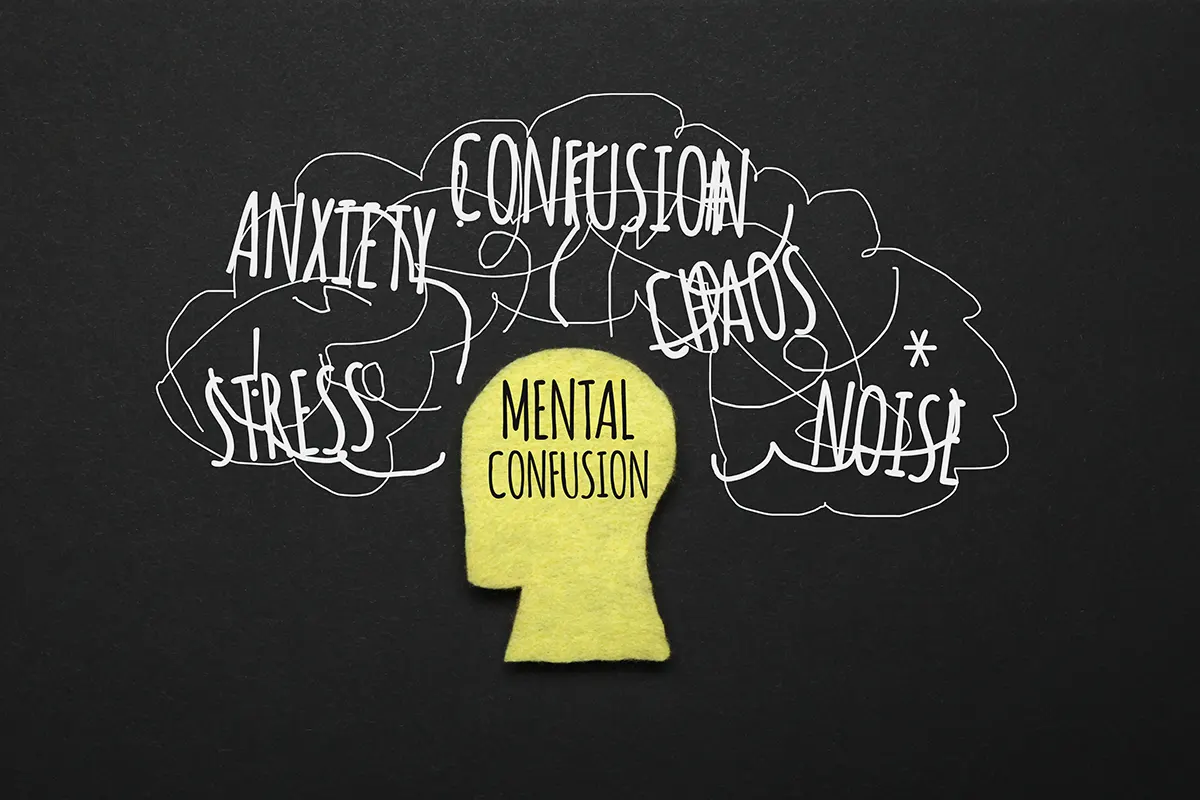
How the ADHD Brain Works
Explore the ADHD mind: a tapestry woven of dynamic neurotransmitters and intricate neural structures. Discover the science behind ADHD’s challenges and the hidden strengths within its unique thinking patterns.




Attention-Deficit/Hyperactivity Disorder (ADHD) is a neurodevelopmental disorder characterised by a consistent pattern of inattention and/or hyperactivity-impulsivity that interferes with functioning or development.
ADHD presents in three primary subtypes: predominantly inattentive, predominantly hyperactive-impulsive, and combined. Understanding the symptoms of each can be crucial for early detection and effective management. Here’s a comprehensive checklist to help identify signs across the different ADHD subtypes.

Individuals with this subtype mainly struggle with inattention and distractibility without the hyperactivity seen in other forms. Symptoms include:
This subtype is characterised by hyperactivity and impulsive behaviour. Individuals may show signs like:
If you or someone you know is exhibiting these symptoms, it’s important to seek a professional assessment. ADHD can only be diagnosed by qualified healthcare providers based on a comprehensive evaluation that includes clinical interviews, rating scales, behavioural observations, and sometimes, neuropsychological testing.
Recognising symptoms is an essential first step toward getting help. Yet, it’s important to remember that ADHD manifests uniquely in each individual. A professional diagnosis is key to understanding one’s specific challenges and strengths. From there, effective management strategies can be tailored to the individual’s needs, including medication, therapy, lifestyle adjustments, and support systems.
ADHD is more than its symptoms; it’s a different way of thinking and experiencing the world. With the right support and strategies, individuals with ADHD can lead fulfilling and productive lives. If you recognise symptoms from this checklist in yourself or someone you know, consider reaching out to a healthcare professional for an evaluation. Early diagnosis and intervention can make a significant difference in managing ADHD effectively.

Explore the ADHD mind: a tapestry woven of dynamic neurotransmitters and intricate neural structures. Discover the science behind ADHD’s challenges and the hidden strengths within its unique thinking patterns.

This insightful guide delves into effective strategies ranging from professional guidance, medication, and therapy to lifestyle adjustments and workplace tips. Discover how adults with ADHD can navigate their unique challenges.

Learn how this convenient and effective approach brings expert psychiatric care to your doorstep, making the diagnosis and management of ADHD more accessible than ever.


Disclaimer: Please be advised that this online ADHD screening test is designed for informational purposes only and is not intended to diagnose or treat any medical or psychological condition. The results should not be considered as a definitive diagnosis of ADHD or any related disorders. Only a qualified healthcare professional, such as a psychiatrist or psychologist, can provide an accurate diagnosis based on a comprehensive evaluation.